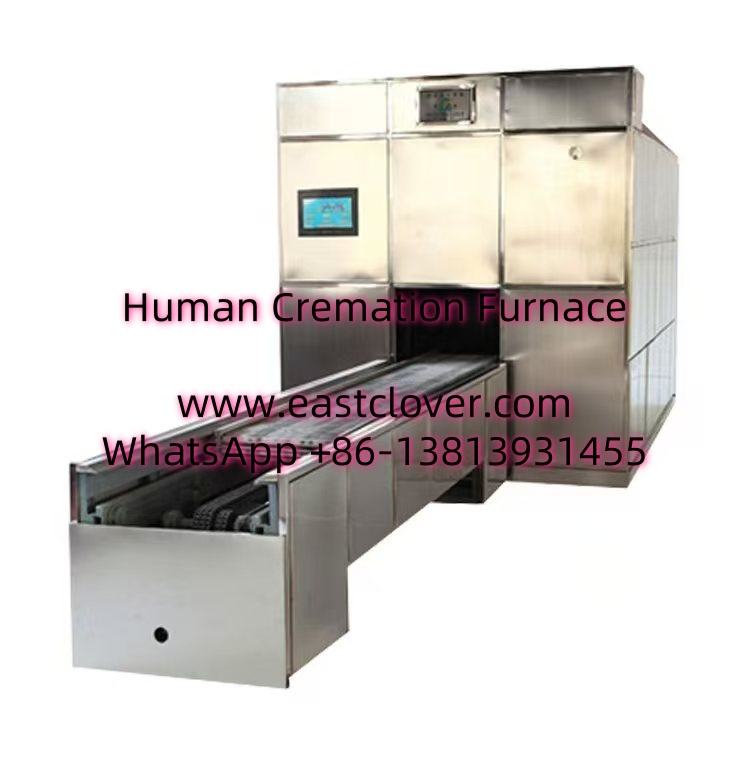The Evolution of Cremation Technology
For centuries, cremation has been a method of honoring the deceased, but the processes and technologies involved have undergone significant transformations. Traditional cremation furnaces, while effective, often relied on manual oversight, leaving room for human error, inefficiency, and environmental concerns. Today, the integration of automated diagnostics into cremation furnaces is revolutionizing end-of-life care, offering precision, sustainability, and enhanced operational transparency.
What Are Automated Diagnostics in Cremation Furnaces?
Automated diagnostics refer to advanced systems embedded within cremation furnaces that monitor, analyze, and optimize the cremation process in real time. These systems leverage sensors, artificial intelligence (AI), and Internet of Things (IoT) connectivity to ensure optimal performance. Key features include:
- Temperature Regulation: Sensors track furnace temperatures, adjusting fuel intake to maintain consistent heat levels, reducing energy waste.
- Emission Control: Real-time monitoring of gases like carbon monoxide and particulate matter ensures compliance with environmental regulations.
- Process Validation: AI algorithms verify the completion of the cremation cycle, minimizing the risk of incomplete processes.
- Predictive Maintenance: IoT-enabled systems detect mechanical issues before they escalate, reducing downtime.
Benefits of Automated Cremation Systems
1. Enhanced Efficiency
Automated diagnostics streamline the cremation process, reducing cycle times by up to 20%. Precise temperature control ensures faster, more consistent results, allowing facilities to serve more families with fewer delays.
2. Environmental Sustainability
By optimizing fuel consumption and filtering harmful emissions, these systems reduce the carbon footprint of cremation. For example, modern furnaces can cut CO2 emissions by 30% compared to traditional models.
3. Improved Safety and Compliance
Automated systems eliminate human exposure to extreme heat and hazardous gases. They also generate digital records for regulatory reporting, ensuring adherence to local and international standards.
4. Emotional Assurance for Families
Transparency tools, such as real-time status updates via mobile apps, provide families with peace of mind, knowing their loved one’s remains are handled with care and precision.
Case Studies: Automation in Action
Case Study 1: GreenCremate Solutions
A U.S.-based company implemented AI-driven furnaces in 2022, reducing operational costs by 25% and cutting emissions by 40%. Their systems also reduced manual errors to near-zero, improving client satisfaction.
Case Study 2: EcoRest Europe
This European firm integrated IoT sensors into its furnaces, enabling remote diagnostics. Maintenance costs dropped by 35%, and furnace lifespan increased by 50% due to proactive repairs.
The Future of Cremation Technology
Emerging trends include:
- Blockchain Integration: Secure digital ledgers to track cremation processes, ensuring tamper-proof records for families.
- Biometric Verification: Advanced ID systems to prevent misidentification of remains.
- AI-Powered Grief Support: Furnaces paired with AI chatbots to provide bereavement resources to families.
www.southclover.com
Automated diagnostics are transforming cremation from a manual, resource-intensive process into a streamlined, eco-conscious practice. By prioritizing efficiency, safety, and transparency, these innovations not only benefit funeral homes but also offer families a more dignified and reassuring experience during a difficult time. As technology advances, the integration of AI and IoT will continue to redefine end-of-life care, setting new standards for the industry.
FAQs
How do automated diagnostics improve cremation accuracy?
Sensors and AI algorithms ensure precise temperature control and process validation, eliminating human error and ensuring consistent results.
Are automated cremation furnaces environmentally friendly?
Yes. They reduce fuel consumption and filter emissions, significantly lowering the environmental impact compared to traditional methods.
Can families track the cremation process?
Many systems offer real-time updates via apps or portals, providing transparency and peace of mind.
What is predictive maintenance?
IoT sensors detect potential mechanical issues before they cause breakdowns, reducing downtime and repair costs.
Will automation make cremation more expensive?
Initially, costs may be higher, but long-term savings from efficiency and reduced waste often offset the investment.

Comments are closed